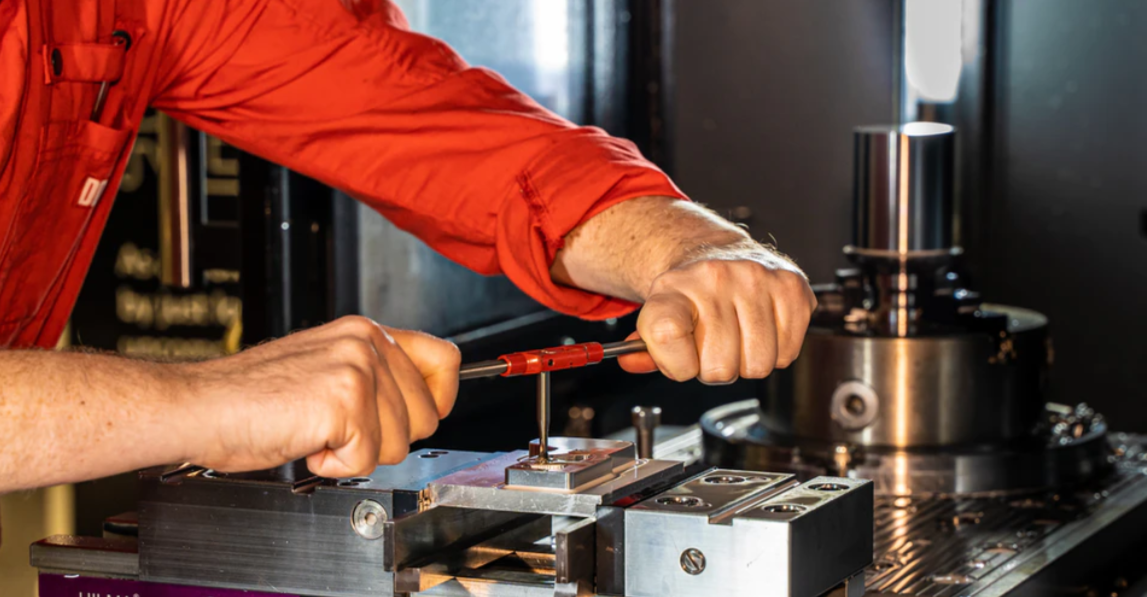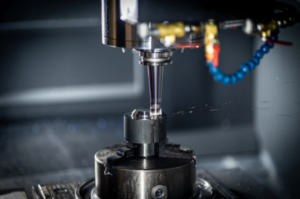Facts About Rapid Prototyping

Rapid prototyping is the process of creating a prototype or model that can be used to test different features, such as design, ideas, and power. It is swift to create a working model. The user can provide initial feedback. Moreover, the latest technology of CNC machining parts has emerged, opening a new trend in CNC machining. Rapid prototyping plays a vital role in system design. It aims to lower the cost and risk of the project. To create the prototype, it uses previous designs. Any design problems or defects can be corrected. If the product meets all design requirements, it can be manufactured once it is perfected. Rapid prototyping offers many benefits.
Pros of Rapid Prototyping
 Rapid prototyping offers many benefits. Rapid prototyping is a great way to create proofs of concept that can be used in funding applications. The prototype gives the user a clear idea of the final product. Rapid prototyping can be a great way of increasing product visibility. It’s easier to identify design flaws earlier in the development process.
Rapid prototyping offers many benefits. Rapid prototyping is a great way to create proofs of concept that can be used in funding applications. The prototype gives the user a clear idea of the final product. Rapid prototyping can be a great way of increasing product visibility. It’s easier to identify design flaws earlier in the development process.
Both the manufacturer and the users are encouraged to participate in rapid prototyping. Because of the lower development costs, rapid prototyping can be cost-effective. Users can get higher performance. It is possible to detect and correct errors in previous prototypes. This speeds up system development. The user can give you immediate feedback. Communicating with the user and the designer is much easier if they have agreed on the requirements. Rapid prototyping makes it easier to deliver high-quality products. Rapid prototyping can reduce development time and cost. You can use rapid prototyping in many ways. Rapid prototyping offers many benefits. Many people also believe that rapid prototyping has some disadvantages.
Cons of Rapid Prototyping
 Rapid prototyping is not able to replicate the product or system in a reproducible manner. Some development steps can be skipped to create a quick and cheap model that works. Rapid prototyping has many drawbacks. Another disadvantage to rapid prototyping is its inability to consider all possible solutions.
Rapid prototyping is not able to replicate the product or system in a reproducible manner. Some development steps can be skipped to create a quick and cheap model that works. Rapid prototyping has many drawbacks. Another disadvantage to rapid prototyping is its inability to consider all possible solutions.
Many problems aren’t considered. This can lead to endless iterations and revisions. Large-scale applications may not benefit from rapid prototyping. The designer might not meet high expectations if the user has high expectations about the prototype’s performance. The system could not be implemented for many reasons. It may not be completed in time. It may not be enough to meet every organization’s requirements. Too much user involvement can hinder program optimization. Too much participation by manufacturers in rapid prototyping can lead to legal action. Rapid prototyping can negatively affect cost savings because it does not provide enough information about the assumptions and the basis for the calculations.

Leave a Reply